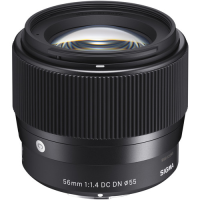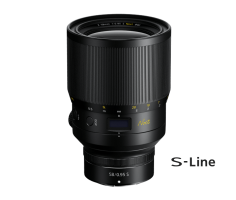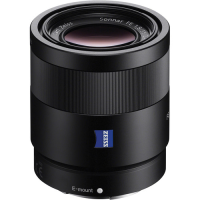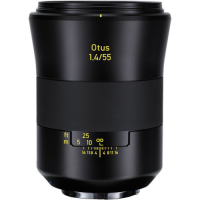The g-forces at startup and stopping the shutter curtains at the other side of the frame are the same for both a FF and APS-C shutter if one desires both to transit the sensor at the same speed in terms of millimeters per unit time. There are slight advantages to an APS-C shutter due to lower weight in terms of the amount of force needed to accelerate the shutter to the same speed as compared to a full frame shutter. But as Galileo demonstrated by dropping cannonballs of different weight/mass off the tower at Pisa, g-forces due to acceleration are independent of mass. The reason APS-C shutters are cheaper than FF shutters is because they can transit the sensor at a 1.6X lower speed and still have the same transit time as a FF shutter can.
One other thing to note is that the (what we assume is a) cheaper shutter in the R6 is rated at 300,000 actuations whereas the more expensive shutter in the R5 is rated at 500,000 actuations when both can run at the same number of frames per second. For most 7D Mark II type users, shutter durability would be more desirable than a slightly cheaper price. The typical use cases for an R7 would be similar to those for the 7D Mark II: sports, action, and birding. All three of those activities tend to involve high frame counts.
My 5D Mark III that was my primary FF body for five years before I got a 5D Mark IV has barely half as many shutter clicks on it as the 7D Mark II that I've owned for five years has, even though I use the FF bodies for everything I shoot and only use the 7D Mark II as the "long" body in a two camera setup for sports.
I am not sure if I understand you here correctly.
Looking at a single blade on the shutter curtain, its width will be 1.6 times greater for a FF shutter compared to APS-C. If the other two dimensions remain the same, the mass will be 1.6 as great too.
To accelerate or decelerate the two shutter blades with their different masses to the same velocity v, I can either have the time it takes to reach v the same, requiring me to apply a greater force to the FF shutter, or have the applied force the same, requiring a greater amount of time for the FF shutter to reach this speed.
v = a*s where a=F*m
You even mention this. Why does it matter that the acceleration my be the same? Doesn't one take more powerful motors and more energy?
And for the two shutters traveling at the same speed, an APS-C one will complete a full transition of the sensor in 1/1.6 the amount of time. So if that were the only constraint in FPS, it could achieve a framerates that is 1.6 times as high.
I am not disagreeing with you here. Just not quite seeing what you wanted to point out. Maybe I got something wrong?
All I was going for with my point was this:
A mechanical shutter still has an advantage over electronic ones. An APS-C sensor imposes lesser challenges when driving the shutter to high fps. The M6 II already beats the R6 and R5 on paper with 14 vs 12 FPS, although at a lesser shutter rating (100,000). Leading me to believe that if they were to design an APS-C camera with RF design constraints, rather than EF-M Iines, they may well match or exceed the 16 FPS speed found in the 1DX III while maintaining a price that is not too far off what the 7D III crowd wants.
Achieving this same speed in the truly high res R (80 MP+) is unlikely to be achieved at this price point. Just in terms of electronic speed, it could match an R7 and outperform it in all other regards. But I think there may well be a reason to introduce an APS-C camera to the RF system because that specific niche that wants reach and speed is still best served by such a camera, unless the corresponding market is also willing to deal with pricing at or above the R5 level.




